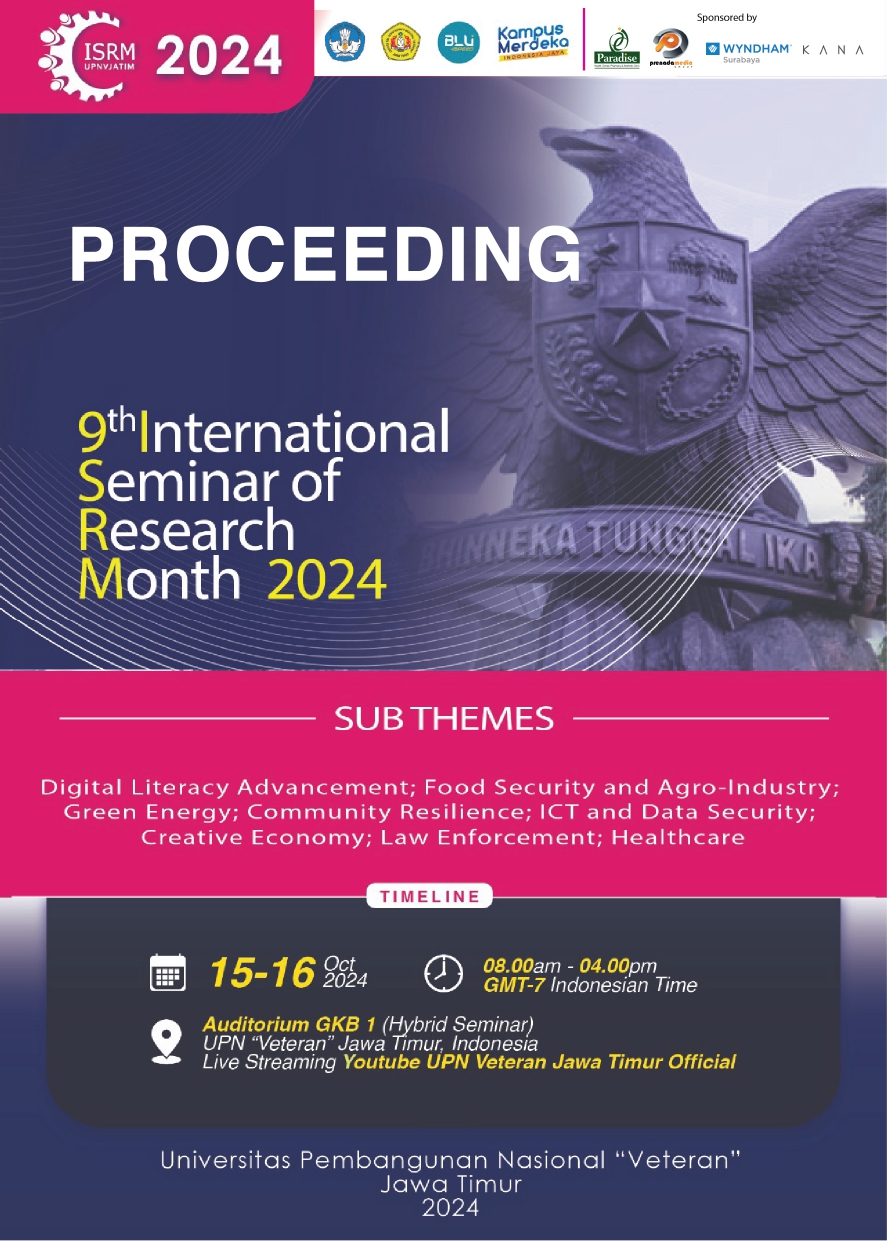Investigating Temperature and Humidity Factors in Sick Building Syndrome: A Classroom Case Study
DOI:
https://doi.org/10.11594/nstp.2025.47118Keywords:
Sick building syndrome, building science, temperature, humidity, classroomAbstract
Sick Building Syndrome (SBS) has become a growing concern, impacting indoor environmental quality and occupant health. Temperature and humidity are key factors influencing occupant comfort and well-being. This case study investigates the relationship between these environmental parameters and SBS symptoms in a classroom setting. By analyzing temperature and humidity data collected over time, this research aims to identify potential correlations and provide insights for improving classroom conditions. The study involved measuring temperature and humidity levels in a designated classroom, along with collecting data on reported SBS symptoms from occupants. Statistical analysis was conducted to examine the relationship between these variables. The findings revealed that fluctuations in temperature and humidity levels were correlated with increased occurrences of discomfort in the classroom according to the Indonesian National Standard (SNI). These results highlight the importance of maintaining optimal temperature and humidity conditions in classrooms to mitigate SBS risks and create a healthier learning environment. The study's recommendations include implementing effective ventilation systems, improving insulation, and regularly monitoring temperature and humidity levels to ensure they remain within recommended ranges. Future research can explore the long-term health implications of SBS and investigate the effectiveness of different strategies for improving indoor air quality in educational settings.
Downloads
References
ASHRAE. (2020). ASHRAE Handbook: HVAC systems and equipment. Atlanta: American Society of Heating, Refrigerating, and Air-Conditioning Engineers.
Daisey, J. M., Angell, W. J., & Apte, M. G. (2003). Indoor air quality, ventilation and health symptoms in schools: An analysis of existing information. Indoor Air, 13(1), 53-64.
EPA. (2018). Sick building syndrome. U.S. Environmental Protection Agency. Retrieved from https://www.epa.gov/indoor-air-quality-iaq/sick-building-syndrome
Mendell, M. J., & Smith, A. H. (1990). Consistent pattern of elevated symptoms in an office building. Indoor Air, 3(4), 249-257.
Sick Building Syndrome and Other Building-Related Illnesses. (2019). National Institutes of Health.
Wargocki, P., & Wyon, D. P. (2017). The effects of the indoor environment on performance. Handbook of Indoor Air Quality.
World Health Organization. (1983). Indoor Air Pollutants: Exposure and Health Effects.
Wyon, D. P., Sundell, J., & Stridh, G. (2006). Impact of indoor environment on performance and productivity. Indoor Air Quality Handbook.
Downloads
Published
Conference Proceedings Volume
Section
License

This work is licensed under a Creative Commons Attribution 4.0 International License.
Authors who publish with this proceedings agree to the following terms:
Authors retain copyright and grant the Nusantara Science and Technology Proceedings right of first publication with the work simultaneously licensed under a Creative Commons Attribution License that allows others to share the work with an acknowledgement of the work's authorship and initial publication in this proceeding.
Authors are able to enter into separate, additional contractual arrangements for the non-exclusive distribution of the proceedings published version of the work (e.g., post it to an institutional repository or publish it in a book), with an acknowledgement of its initial publication in this proceeding.
Authors are permitted and encouraged to post their work online (e.g., in institutional repositories or on their website) prior to and during the submission process, as it can lead to productive exchanges, as well as earlier and greater citation of published work (See the Effect of Open Access).














